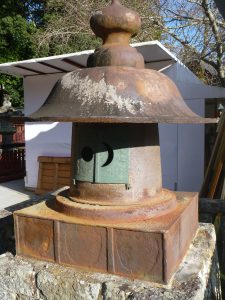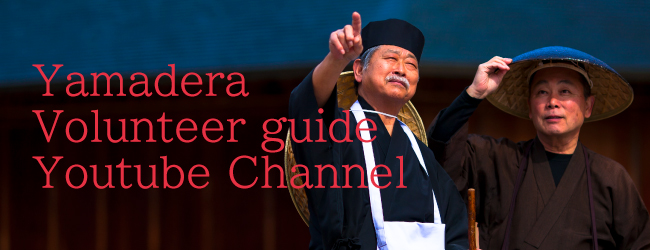Shiogama (Shiogama Shrine)

Shiogama (Shiogama Shrine)
In his Oku no Hosomichi travel narrative, Basho writes of hearing a blind biwa player play the Okujoruri (“north country ballad”) on the night he lodged in Shiogama. “Oku” was an old term used to refer to the northern province of Oshu, also known as Mutsu no kuni (Mutsu Province), and the Okujoruri was also known as the Sendai-joruri.
The joruri was a traditional form of narrative music chanted to the accompaniment of a biwa (a four-stringed Japanese lute) or the three-stringed shamisen. Popular since medieval times, joruri could be enjoyed on its own, or employed as a chanted narrative to accompany puppet theater or kabuki plays.
During Basho’s day, the shamisen had already replaced the biwa as the instrument of choice for musical accompaniment in the more sophisticated and urban centers of Japan, such as the Kyoto-Osaka region and Edo (Tokyo). However, the rural provinces retained their traditional ways, which Basho found very heartening.
The next morning, Basho visited Shiogama Shrine, which was very close to his lodging house. The metal door of a lantern in front of the shrine bore the inscription, “Dedicated by Izumi Saburo in Bunji 3 (1187).” Izumi Saburo was the son of Fujiwara no Hidehira, who ruled the Hiraizumi region in the 12th century.
Basho had hoped that his journey to the Mutsu Province would allow him to explore the old culture of the region, and his discovery at Shiogama Shrine was a gratifying one.
